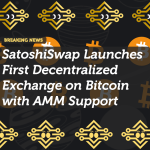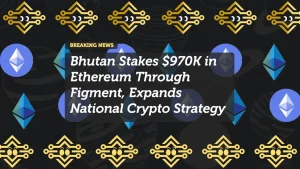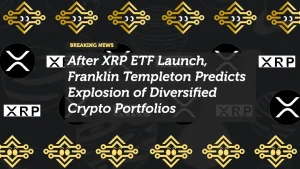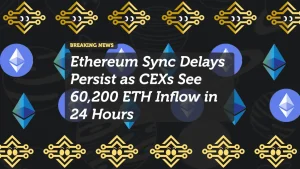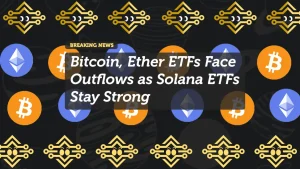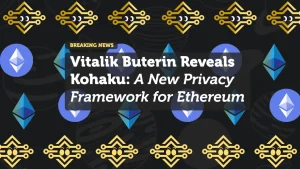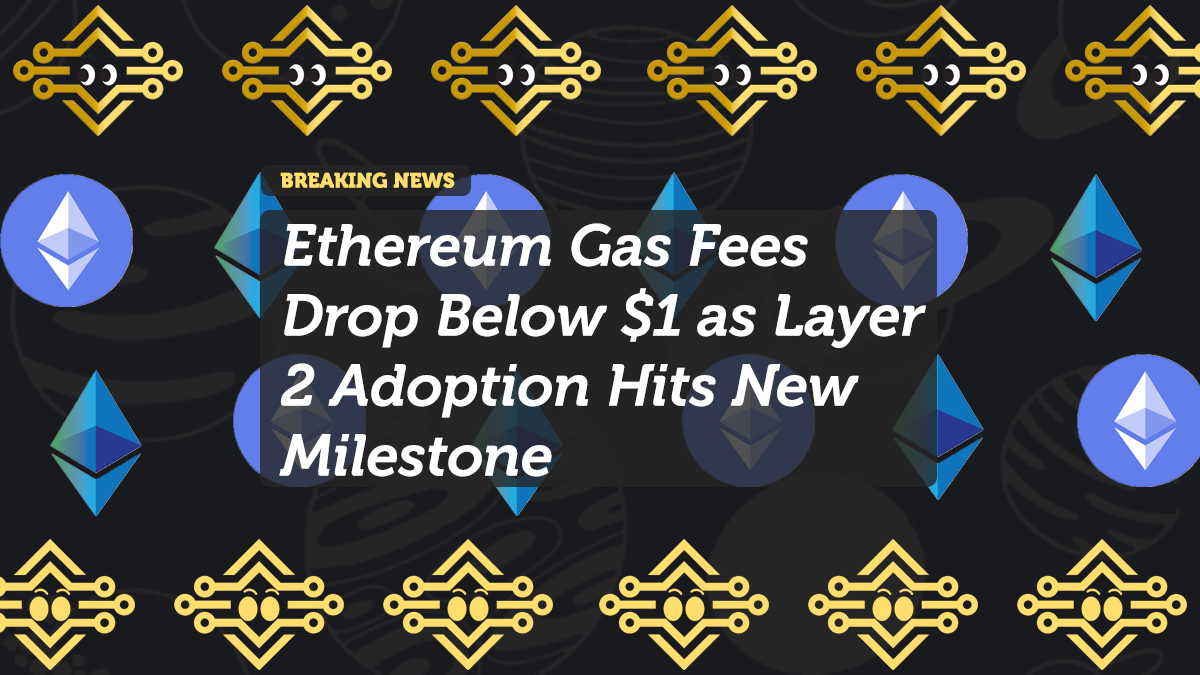
Ethereum Gas Fees Drop Below $1 as Layer 2 Adoption Hits New Milestone
Good news for Ethereum users: Ethereum gas fees drop below $1 per transaction, thanks to the rapid expansion of layer 2 networks like Arbitrum, Optimism, and Base.
For years, high gas costs have been a pain point for retail users and small businesses. Now, with over 60% of Ethereum activity shifting to layer 2s, the network is becoming more scalable and cost-effective than ever before.
Layer 2 Growth Fuels Cheaper Transactions
The main reason behind the Ethereum gas fees drop is increased adoption of rollups and other layer 2 scaling solutions. These systems batch transactions off-chain and post them to Ethereum, significantly reducing congestion.
As a result, users can now send ETH, interact with dApps, and mint NFTs at near-zero cost. For example, sending a basic ETH transfer on Arbitrum currently costs less than $0.01.
DeFi and NFT Platforms Shift to L2s En Masse
Major platforms like Uniswap, GMX, Blur, and Zora have expanded to layer 2s in recent months. This migration has led to faster, cheaper interactions for millions of users.
Furthermore, projects launching natively on L2s are seeing higher engagement and lower friction. Hence, the Ethereum gas fees drop is not just a temporary relief—it’s part of a structural shift in how the ecosystem operates.
zkEVM Chains Are Also Gaining Traction
Alongside optimistic rollups, zero-knowledge Ethereum Virtual Machine (zkEVM) chains like zkSync, Polygon Hermez, and Scroll are gaining traction. These networks offer instant finality and even lower fees in some cases.
zkEVM technology allows developers to write smart contracts in Solidity while benefiting from scalability. Therefore, it’s attracting both startups and enterprise-level builders who want performance without sacrificing compatibility.
What This Means for Ethereum’s Future
With Ethereum gas fees drop and L2 adoption accelerating, the network is better positioned to handle global-scale usage. This supports Vitalik Buterin’s vision of Ethereum as a settlement layer for a multi-layered ecosystem.
As more users move to L2s, Ethereum’s role will evolve from handling every transaction to securing and verifying aggregated batches. This transition ensures long-term sustainability and efficiency.
Final Thoughts: Ethereum Is Scaling Successfully
The Ethereum gas fees drop is a clear indicator that layer 2 adoption is working. As rollups mature and more tools become available, the Ethereum ecosystem is poised for mass adoption.
Developers and users alike should embrace this shift. Whether you’re building a dApp or just sending a transaction, layer 2s are now the most practical way to engage with Ethereum.










